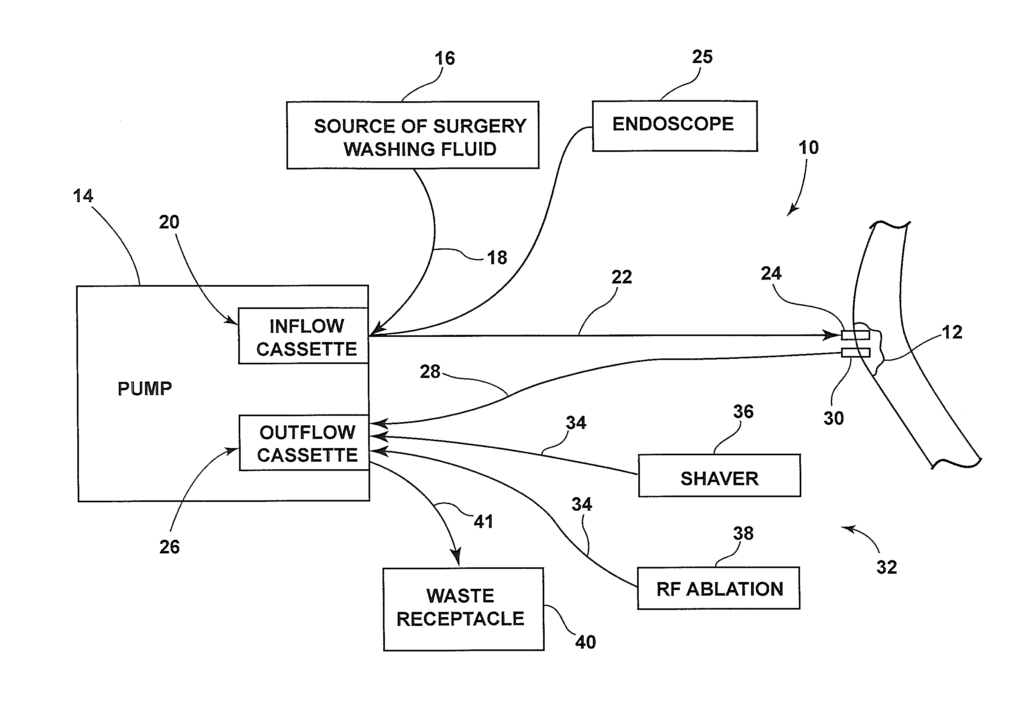Precision and Efficiency in Pump Control for Modern Systems
Introduction
In industries that rely on fluid transport and control, the efficiency, accuracy, and reliability of pumps can have a significant impact on operations. Whether it’s an HVAC system managing the temperature of a building or an industrial machine controlling the flow of chemicals, precise pump operation is critical to maintaining performance, reducing energy consumption, and ensuring system longevity. Our advanced pump control system offers an innovative approach to managing pumps with higher precision, enhanced efficiency, and reduced operational risks.
Current Limitations in Pump Systems
Many traditional pump systems lack the precise control mechanisms needed to optimize fluid flow in real time. Without dynamic control, these pumps often run inefficiently, consuming more energy than necessary and increasing the risk of mechanical failure due to overuse or improper operation. This inefficiency results in higher operational costs, increased wear and tear on machinery, and greater environmental impact due to excessive energy consumption.
Whether you are operating an HVAC system that needs to respond to fluctuating temperatures or running a manufacturing process that requires controlled fluid flow, the inability to accurately control pump performance can lead to costly downtime, higher maintenance needs, and decreased system efficiency.
A Smarter, More Adaptive Pump System
Our patented pump and control system is designed to meet the demands of modern industrial and HVAC systems by providing real-time, automated control over pump operations. By adjusting pump output based on system needs, this technology ensures that pumps run at optimal levels, reducing energy consumption while preventing mechanical failures. This makes it ideal for applications where fluid flow needs to be tightly regulated, such as cooling systems, water treatment plants, or manufacturing production lines.
The system’s advanced sensors and control mechanisms enable it to react quickly to changes in demand, allowing for smoother operation and reducing wear on the pump itself. This improves overall system reliability, extends pump lifespan, and ensures a more sustainable and energy-efficient operation.
Key Advantages
- Energy Savings: The control system optimizes pump performance, reducing energy consumption and lowering operational costs across a range of applications.
- Improved Reliability: By maintaining pumps at their optimal levels, the system reduces mechanical stress, leading to fewer breakdowns and longer equipment lifespans.
- Enhanced Precision: Real-time adjustments to pump output provide precise control over fluid flow, improving performance in applications requiring exact specifications.
- Versatility: From HVAC systems to industrial manufacturing, this technology can be applied to a variety of industries, making it a flexible and adaptable solution.
The Next Step in Pump Efficiency
Licensing this innovative pump control system will provide industries with the precision, efficiency, and reliability they need to optimize their fluid management processes. Whether enhancing an HVAC system’s performance or improving the efficiency of an industrial production line, this technology offers a smart, sustainable solution for modern operations.

- Abstract
- Claims
What is claimed is:
1. A method of controlling a pump to adjust pressure at a surgical site, the method comprising:
wherein the pump controller executes the following steps:
10. A method of controlling a pump to adjust pressure at a surgical site, the method comprising:
11. A method of controlling a pump to adjust pressure at a surgical site, the method comprising:
Share
Title
Pump and means for controlling a pump
Inventor(s)
Brady L. WOOLFORD
Assignee(s)
Stryker Corp
Patent #
10293099
Patent Date
May 21, 2019
